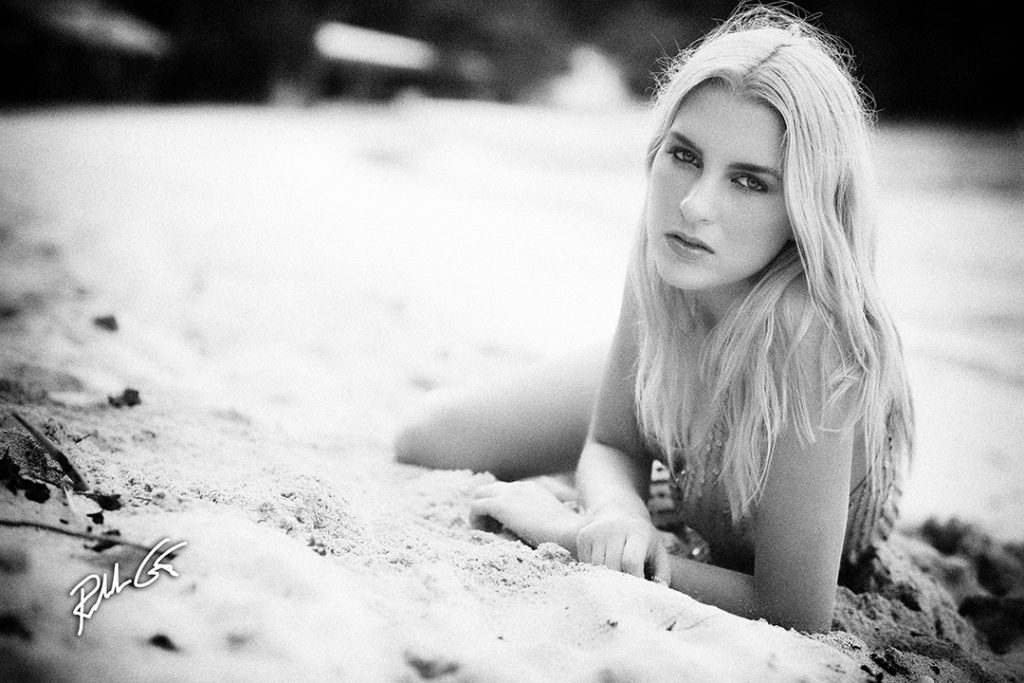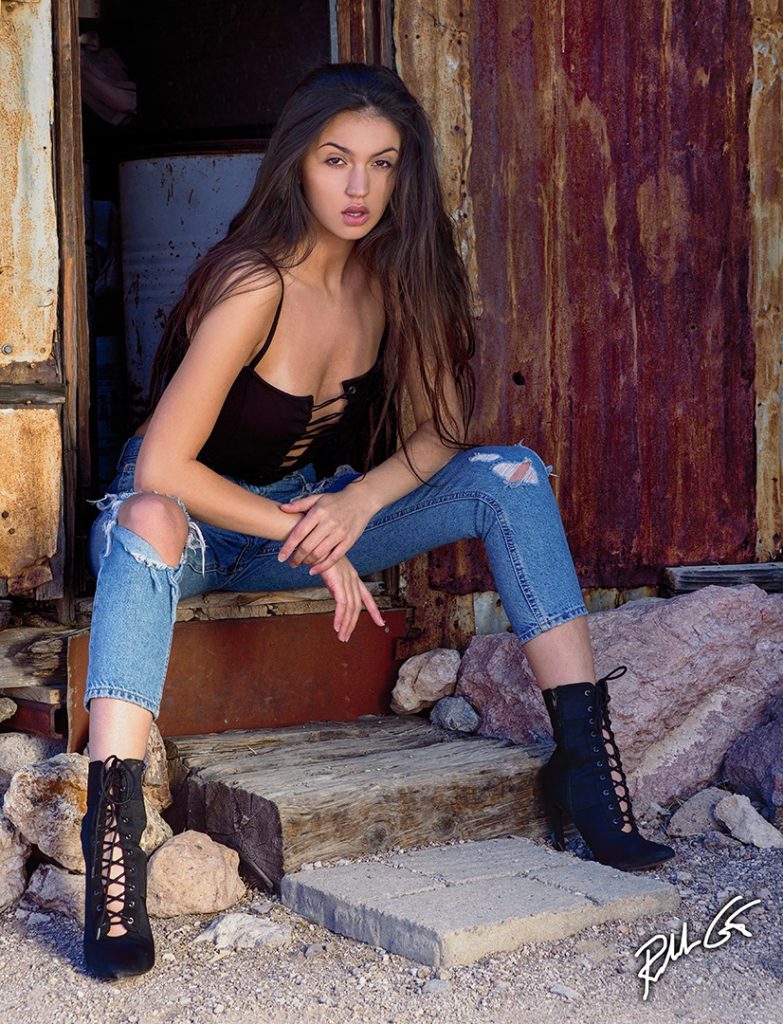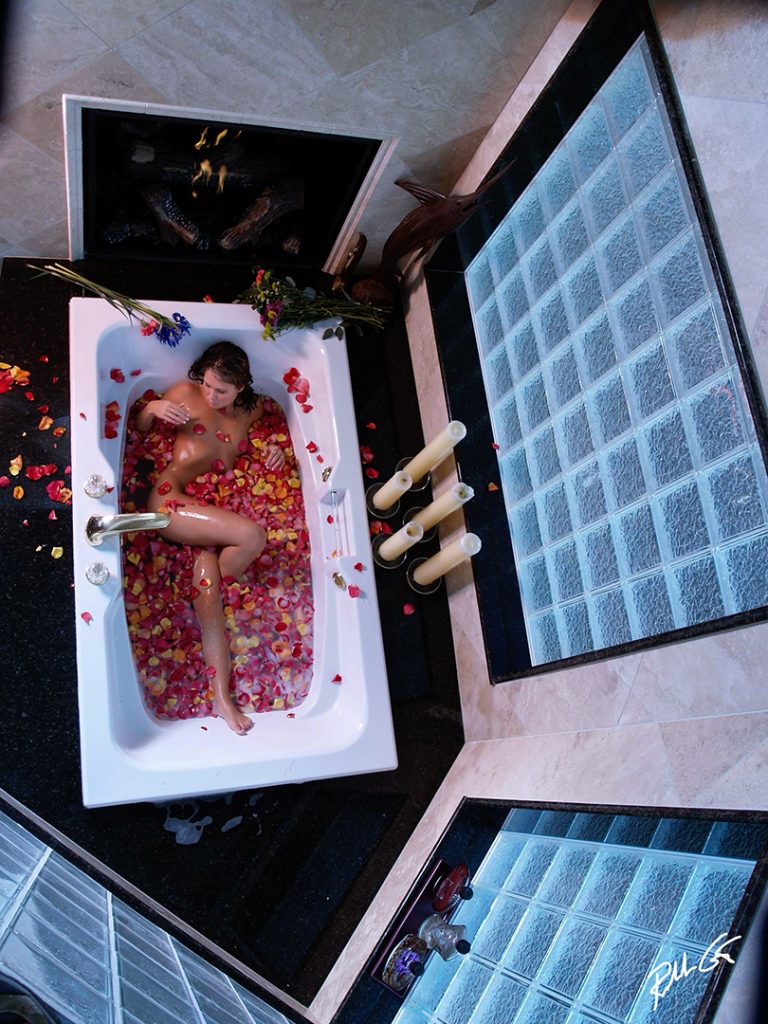I’m often asked, what are some of your secrets to great photos. First of all, I don’t believe in secrets, I believe it’s good to spread the gospel of photography for all photographers. So, here’s another photography tip article to improve your photos of people—camera position, or the angle of your camera in relation to the subject.

When you capture a horizontal photograph, make it strong.
Vertical Images. Turn the camera to create a vertical image. Verticals are more psychologically powerful to the human mind because we are accustomed to the horizontal view we see from the moment we are born. Consider the normal format of books and magazines; most are vertical—marketing at its finest. Horizontal is normally considered boring when it comes to marketing and vertical is considered more “phallic” when it comes to design, and great horizontal images are usually published as “double trucks.”
So, don’t let verticals intimidate you, but be sure to provide equal balance with horizontal images through your photography shoot. You may someday need images for a horizontal calendar or to fill a page and allow room to drop in text above or below the image, but you need verticals too.

When a model sits down, always capture her photo from a low level. If your position is standing up, you will make her look heavier and compact.
Camera Tilt. Shift your camera angle for a variety in your images. Try it, a half vertical and half horizontal perspective. Don’t do this to all your images, just an occasional one or two in your photography session. Overused this format shift can start to dictate a photographic style, a style that is more cliché than original, so use it sparingly.
Camera Height. Unlike fashion models, glamour models do not have to meet a minimum height requirement. Thus, if you take glamour photographs of women, you’ll probably work with shorter models than the tall fashion models. As a result, shift your camera position lower to the ground and look up toward the model. This adds height and slenderness to your subject as a result of a natural shift in lens perspective. If you photograph from a higher angle, you’ll not only make your model look shorter, but she’ll also look heavier, something I don’t recommend.
When determining the best camera height, you should keep some geometry in mind. Imagine your subject as a geometric plane and keep yourself parallel to it. This will help prevent distortion of the subject’s arms, legs, thighs, nose, forehead, etc. In this pursuit, selective camera position goes hand-in-hand with careful posing. When positioning your subject, you can prevent unattractive distortion by keeping the plane of the subject’s body as narrow as possible—meaning that you should, where possible, keep all of the model’s body parts as close to the same distance from the camera as possible.
Let’s consider a model who is posed laying on a bed with her arms and legs extended. In this position, the plane of her body becomes wide. To avoid distortion, carefully climb a ladder and photographer her from an overhead position. Do your best to make sure the camera is as parallel as possible to the geometric plane the subject has created. Practice safety when you do this as you don’t want the camera to fall on the model and you certainly don’t want to fall of the ladder.
By shifting your shooting axis, you have effectively reduced the width of the model’s geometric plane and avoided distortion. Another safety precaution, when you shoot from above, always look out for ceiling fans and make sure the ladder is secured or held by an assistant. Because this type of pose often requires lights to be placed above the model, ensure that each unit is secured by sandbags or held by assistants; you don’t want light stands and studio flash heads falling on your subject.

Overhead camera position can create an interesting perspective.
There are a few additional things to consider before you put a model in this position. First, you need a subject with firm breasts or in a bra. Otherwise, the breasts will tend to move to the sides of the body and the subject will lose her natural shape. If this happens, have the model come up on her upper torso and rest on a pillow.
Focus on the eyes when you take your photographs and you’ll have her lower torso a little out of focus. Also keep your subject’s knees down. A raised knee that is closer to the light source than the rest of the body tends to be quite bright and can distort too. If this happens, the viewer of your finished print will look at the subject’s knees first, not her facial beauty.
Vary Your Perspective. Learn to get away from the same old standing position. Move around, try low angles, shift to high angles with care to body perspective. Move your body around the model. Walk around and look at the entire set and the subject and study how the light falls plus changes when you change your shooting position.
One of the biggest mistakes glamour photographers make is they tend to mark a subconscious treasure map “X” on the ground and they stay planted to that spot. Sometimes this reflects the photographer’s concern about the exposure changing as he moves around. Well, today we shoot digital. With the LCD screen at your disposal, exposure is easy to check and besides, if your subject and light don’t move, your exposure won’t change. As your skills grow, you’ll find that reacting to exposure changes will come naturally, and you won’t need to check the LCD for every shot plus adjusts are easy on the fly.
Personally, I don’t worry about the light output; my aperture setting will not change as long as my subject stays at the same distance from the lights as when we first metered the shot. When you change your position or camera angle, the distance from you subject to the light source doesn’t change. If you use on-camera flash, which I’m not a big fan of for glamour models, you’ll probably have your camera and flash set in its TTL mode, so the camera adjusts the exposure as needed when you change your camera position.
If you’re not sure whether a shot is works or not, show it to your subject and get her opinion. You’d be surprised how many artistically inclined subjects you’ll encounter in your photography career. It’s no secret the angle of your camera in relation to the subject can improve your photography dramatically. Try it, you won’t lose, you’ll gain and in the end, your photos will outshine the photos of other photographers. It’s all about position and as a photographer, camera position.



